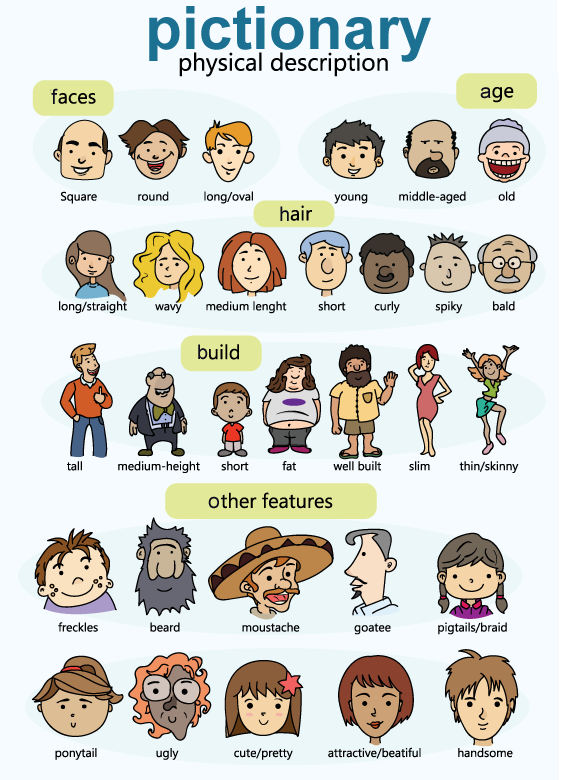Adjectives
-
What are they?
An adjective is a word that modifies a noun. It tells extra information about it. There are several types of adjectives. For example, demonstratives, distributives, quantitative, interrogatives, possessives, participles and agreement. -
Use
Adjectives come before a noun. For example, a rich man, a happy girl, a good student. -
Classification
Order of the adjectives of quality: a) size, b) general description, c) age d) shape e) colour, f) material, g) origin and h) purpose. Adjectives of personality/emotion come after of physical description, for example, a small suspicious official, a pale, anxious girl.
Content
In English like in Spanish, we use adjectives to modify or describe nouns. For example: giving information about their size, general description, age, and shape colour among other qualities. The order in which they appear in a sentence changes in English.
In the following chart, you will find the definition of what adjectives are, their use and a brief classification.
Read it carefully to learn useful information about them, so that later you can do the exercises.






